Germany : Strong Demand and Innovation Hub
Germany holds a dominant position in the European 2D barcode-reader market, accounting for approximately 30% of the total market share with a value of $550.0 million. Key growth drivers include the rapid adoption of automation in logistics and retail sectors, alongside government initiatives promoting digital transformation. The country’s robust infrastructure and advanced industrial capabilities further enhance demand, particularly in manufacturing and supply chain management.
UK : E-commerce Fuels Market Expansion
Key markets include London, Manchester, and Birmingham, where major retailers and logistics companies are concentrated. The competitive landscape features significant players like Zebra Technologies and Honeywell, which dominate the market. Local dynamics are characterized by a push towards integrated solutions in retail and healthcare, with applications ranging from point-of-sale systems to inventory tracking.
France : Innovation in Retail and Logistics
Key cities such as Paris, Lyon, and Marseille are pivotal markets, hosting numerous retail and logistics operations. The competitive landscape includes major players like Datalogic and Cognex, which are well-established in the region. The business environment is favorable, with a growing emphasis on automation and data analytics in sectors like retail, healthcare, and manufacturing.
Russia : Growth Driven by Industrial Needs
Moscow and St. Petersburg are key markets, with a concentration of logistics and retail companies. The competitive landscape features both local and international players, including Newland and CipherLab. The business environment is evolving, with a focus on enhancing operational efficiency and data management capabilities in sectors such as e-commerce and manufacturing.
Italy : Focus on Retail and Manufacturing
Key markets include Milan, Rome, and Turin, where retail and manufacturing activities are concentrated. The competitive landscape features players like Datalogic and Toshiba, which have a significant presence. Local dynamics emphasize the integration of barcode technology in retail operations and supply chain management, enhancing efficiency and customer experience.
Spain : Innovation and Technology Adoption
Key markets include Madrid and Barcelona, where major retail chains and logistics companies are located. The competitive landscape features significant players like Zebra Technologies and Honeywell, which are actively expanding their presence. The local business environment is characterized by a strong focus on innovation, with applications in retail, logistics, and healthcare sectors.
Rest of Europe : Varied Applications Across Regions
Key markets include countries like Belgium, Netherlands, and Switzerland, where logistics and retail sectors are prominent. The competitive landscape features a mix of local and international players, including Opticon and SATO Holdings. Local dynamics emphasize the need for tailored solutions to meet specific industry requirements, with applications ranging from inventory management to patient tracking in healthcare.


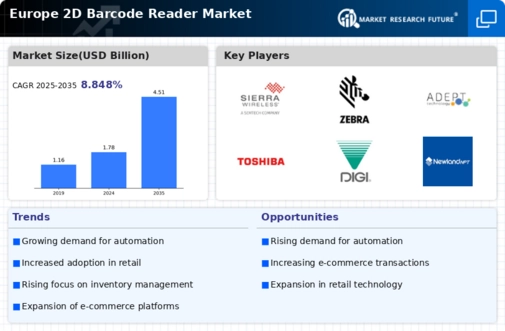
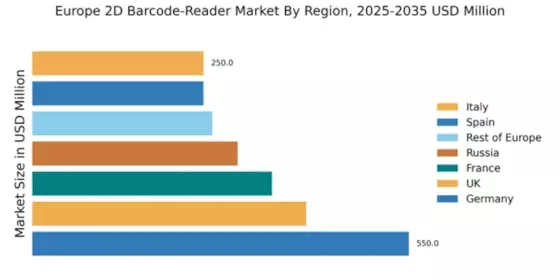
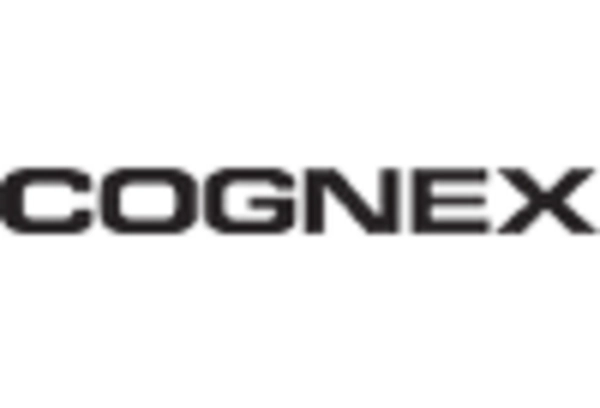
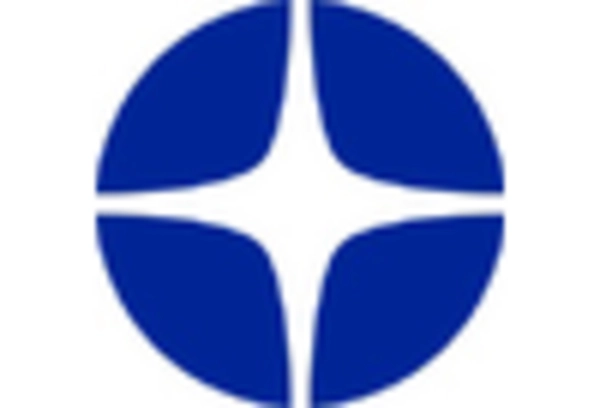

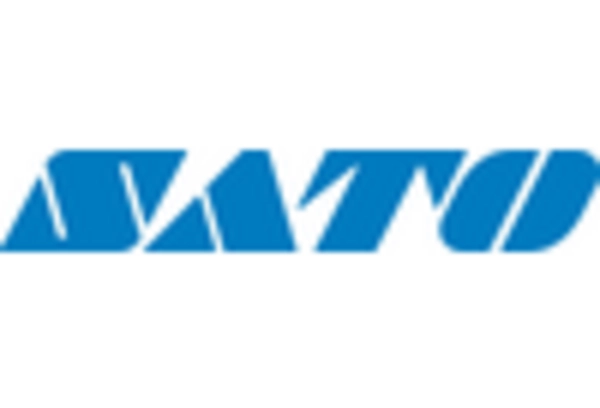
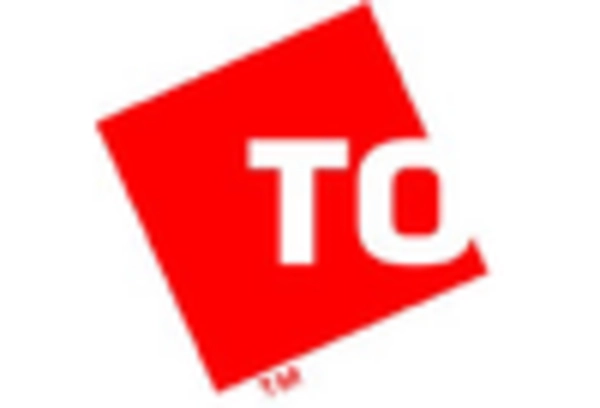









Leave a Comment